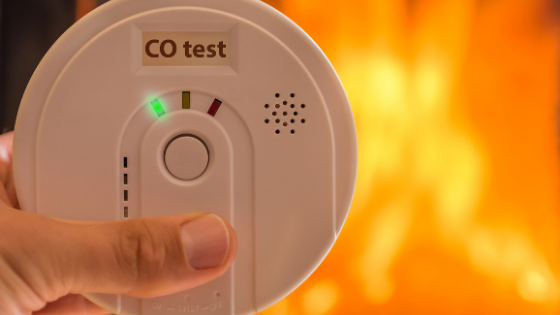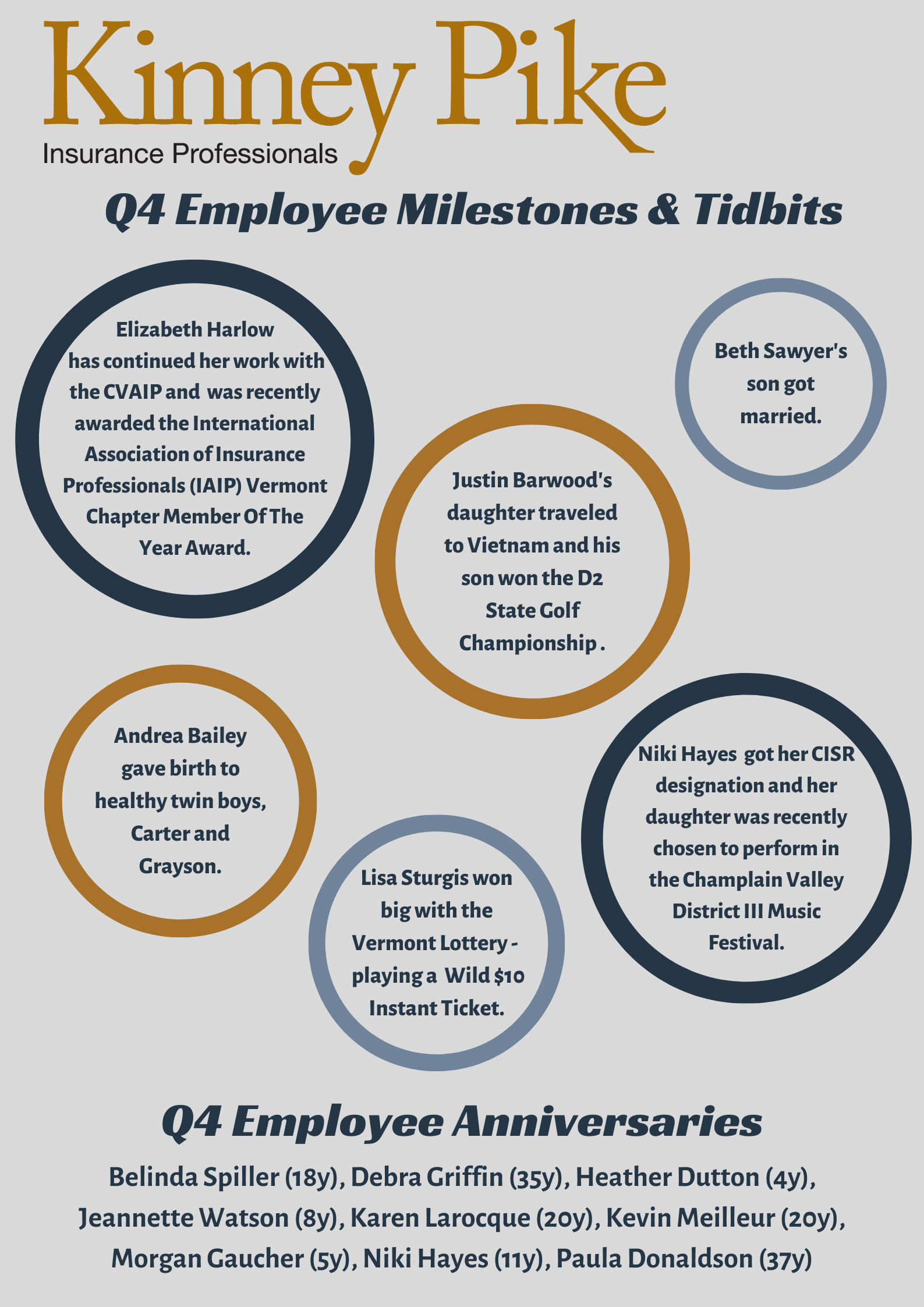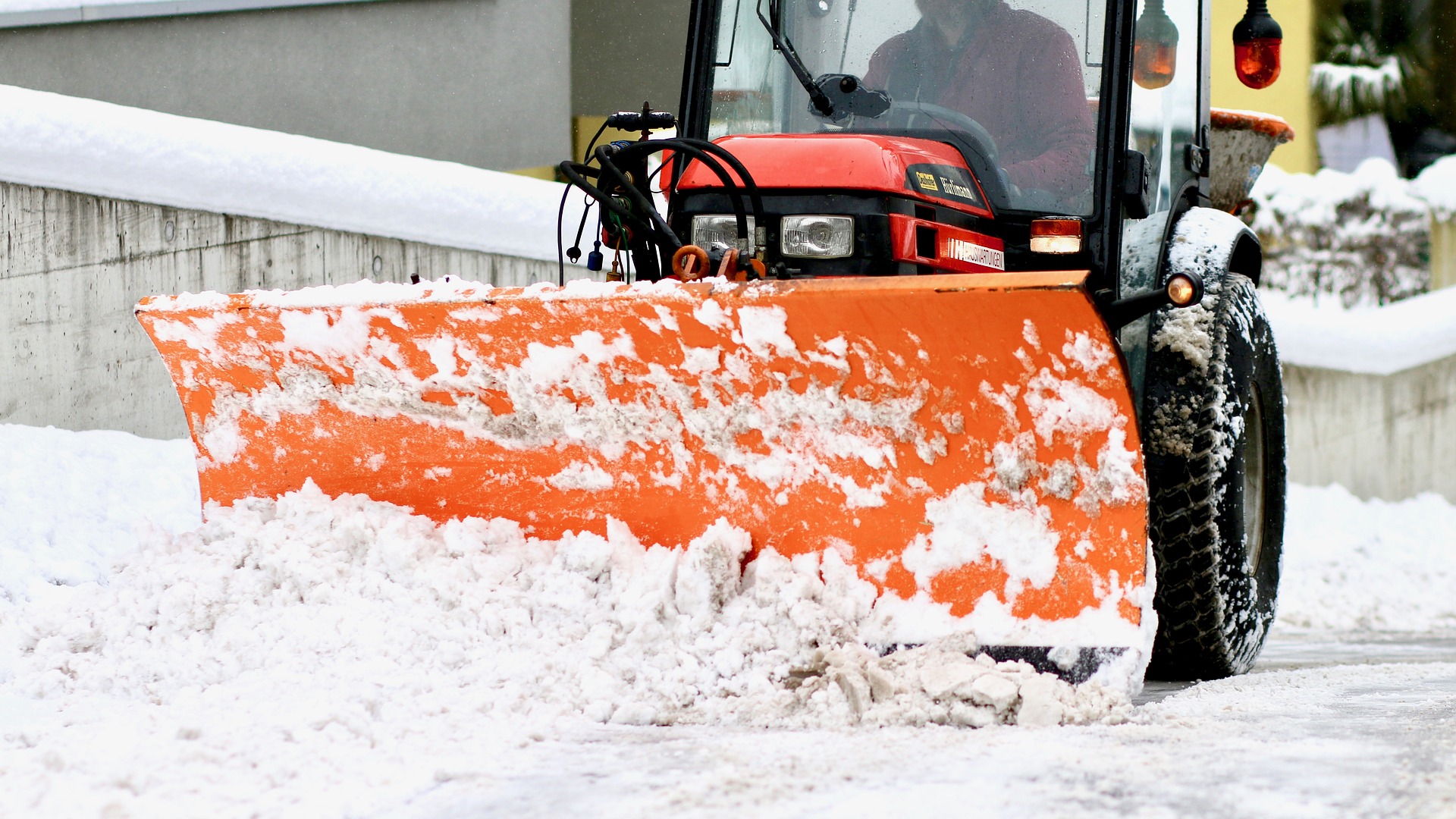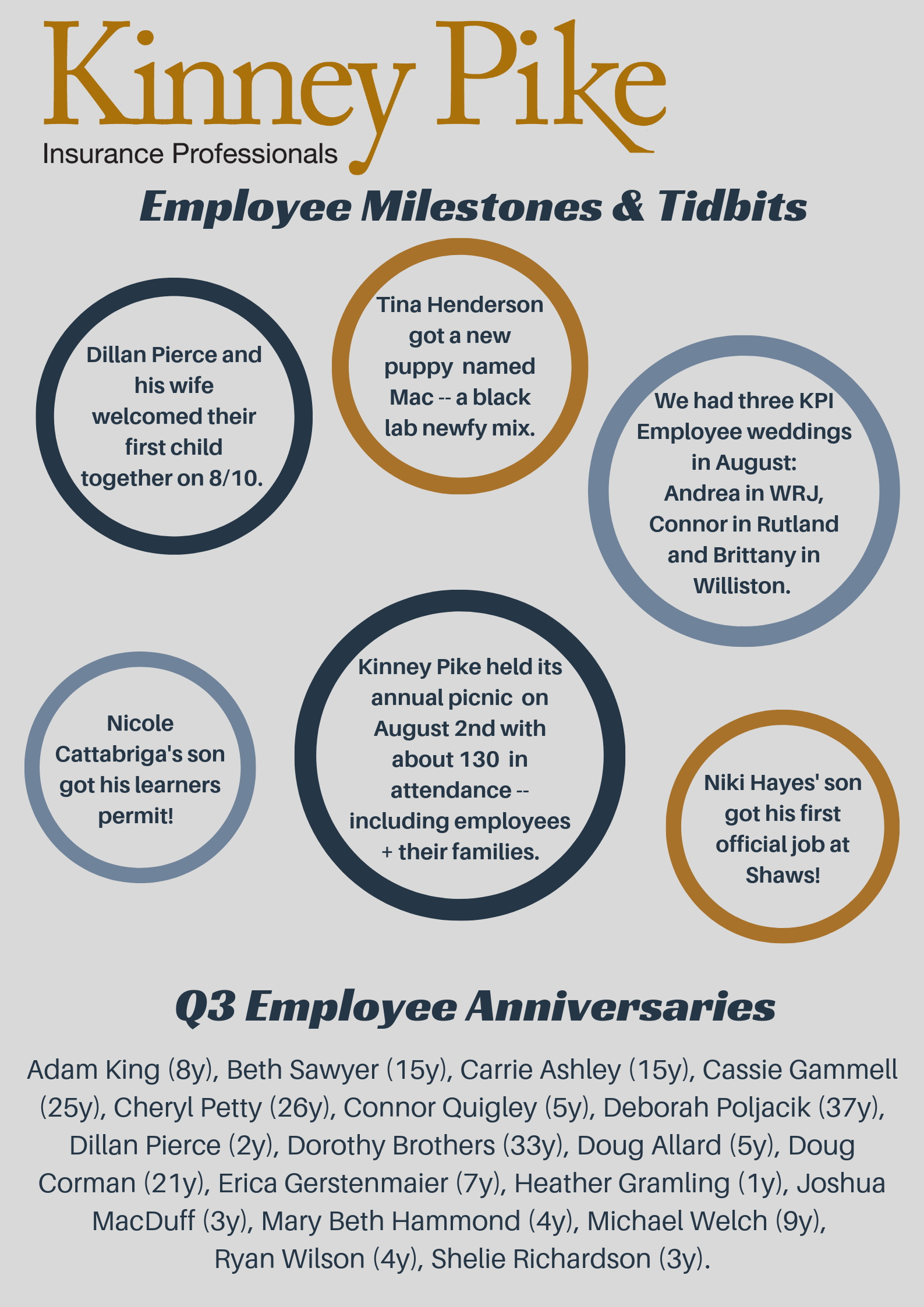COVID-19 Business Resources
Information regarding the Coronavirus (COVID-19) and its impacts are evolving every day. With an overwhelming amount of data already being shared, we wanted to make things easier by creating this page as a reference point for our business clients. Please continue to check back as more details become available.
Reminder: the following is intended to be used for general guidance purposes only — it does not constitute legal advice, nor does it represent a definitive position on insurance coverage. Feel free to contact us with any questions.
Reopening
- Accommodating At-risk Employees Amid COVID-19
- Business Travel After COVID-19
- Cleaning Disinfection Decision Tool
- Contact Tracing in the Workplace
- Coronavirus Action Plan – Construction
- Coronavirus Action Plan – General Industry
- COVID-19 Considerations for the Agriculture Industry
- COVID-19 Questionnaire for Employees Returning to Work – Example
- COVID-19 Reopening Considerations for Gyms and Fitness Centers
- COVID-19 Safety Guidance for the Meat Processing Industry
- COVID-19 Vaccine – What You Need to Know
- COVID-19 Vaccine Workplace Checklist
- COVID-19 Voluntary Vaccine Letter – Example
- Determining Whether a COVID-19 Case Is Work-related
- EEOC Expands COVID Return to Work Guidance
- Employer Guidance for Common Return-to-Work Concerns
- Encouraging Employees to Take PTO During the Pandemic
- Federal Agencies Issue More FAQs on COVID Related Changes for Health Plans
- Five Ways to Manage Poor Workplace Performance Among Remote Workers
- Guide to Creating a Return to Work Action Plan
- Handling the Influx of Remote Work Requests
- Managing the Mental Health of Returning Employees
- Managing Your Post-coronavirus Reputation
- Methods for Supporting Working Parents
- OSHA Face Masks and Respirators in the Workplace
- OSHA Guidance for Reopening Nonessential Businesses
- Post-coronavirus Return to Work Cleaning Checklist
- Post-coronavirus Workplace Preparedness Checklist
- Reopening a Business After the Coronavirus Shutdown
- Reopening Workplaces During COVID-19 – Chart
- Responding to a Positive COVID-19 Test Checklist
- Restaurant – COVID-19 Reopening Considerations
- Return to Work Action Plan – Example
- Return to Work Action Plan Discussion Guide
- Return to Work Employee Email Template
- Screening Employee Temperatures Upon Return to Work
- Supporting Employees’ Financial Well-being During the Pandemic
- Wearing Facial Coverings or Masks in the Workplace During COVID-19
- Welcome Back to Work – Employee Packet Sample
- What to Do After Receiving a PPP Loan
Business Planning
- Managing Your Unoccupied Premises
- Preparing Your Event for Coronavirus
- Protecting Your Workers from Coronavirus
- Reopening a Business After the Shutdown
- Step-by-Step Guidance for Small Business Contractors – Loan Application Now Available
- Video – Business Continuity Plans
- Workplace Checklist for COVID-19
HR, Legal, Health
- 2021 Benefits Planning and COVID-19
- An Employer’s Guide to COVID-19
- An Employer’s Guide to Managing Remote Employees
- Coronavirus and the Workplace – Compliance
- Coronavirus Bill Requiring Paid Employee Leave Signed Into Law
- Coronavirus Employee Letter – Example
- COVID-19 Disruptions to CMV Driver Drug & Alcohol Testing
- DOL FAQs: COVID-19 & the FairLabor Standards Act
- DOL Guidance on FFCRA Employer Leave Requirements
- Don’t Ask Employees if They Have COVID-19
- Families First Coronavirus Response Act
- FAQs on Essential Health Benefit Coverage
- FMCSA Waives HOS Requirements for COVID-19 Relief Efforts
- Health Plan Coverage for Coronavirus Testing
- IRS Issues Guidance on Tax Credits for COVID-19 Paid Leave
- Pandemic Flu Leave Policy – Example
- Small Business Owners Guide to the CARES Act
- Trump Announces National Guidelines to Limit COVID-19 Spread
- Trump Declares National Emergency
- Trump Extends Fed. Social Distancing Guidelines Through April
Employee Hygiene & Mental Well Being
Government Agencies
- CDC COVID-19 Overview
- CDC Guidance for Isolating When Infected With COVID-19
- CDC Provides Guidance on Workplace COVID-19 Testing
- CDC Provides Guidance on Consent Elements and Disclosures for Workplace COVID Testing
- CDC Recommendations Regarding the Use of Cloth Face Coverings
- CDC Updates Guidance for Quarantine After Exposure to COVID-19
- DOT Guidance on Compliance with DOT Drug and Alcohol Testing Regulations
- FMCSA Emergency Declaration Outlined for Drivers
- FMCSA US Department of Transportation Declares a National Emergency
- National Safety Council COVID-19 Resources
- OSHA Clarifies Coronavirus Reporting Requirements
- OSHA Guidance on COVID-19 Summary
- OSHA Guidance on Preparing the Workplace for COVID-19
- OSHA Guidance on Ventilation in the Workplace
- OSHA Issues Mitigation & Prevention Guidance for COVID
- OSHA Protecting Workers During a Pandemic
- OSHA Enforcement Guidance for Respiratory Protection and the N95 Shortage Due to the Coronavirus
Local Government
- COVID-19 and Business Income Insurance in VT
- COVID-19 Guidance for Vermont Businesses
- Vermont COVID-19 Information
- Vermont Department of Taxes Releases Guidance for Upcoming Vermont Tax Due Dates
- Vermont Economic Recovery Grants
- Vermont Emergency Management Links to Governor Scott’s Executive Orders
- Vermont Restart Plan – Construction
- Vermont Restart Plan – Manufacturing, Distribution & Warehousing
- Vermont COVID-19 Exposure Control Plan



























































